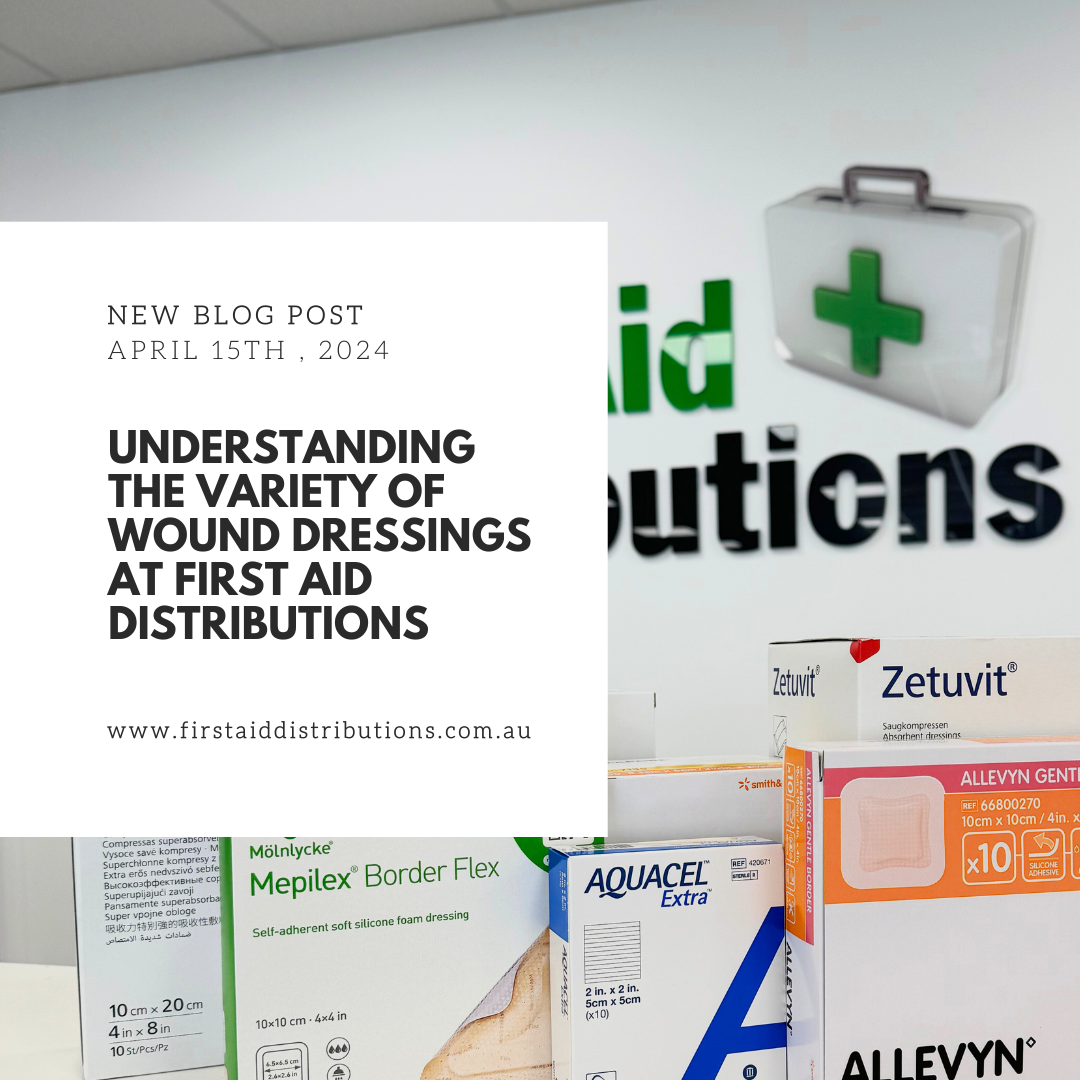
Treating Sunburn
Sunburn is an inflammatory reaction to UV (ultraviolet radiation). The dangers of sunburn go far beyond short-term pain, because after the sunburn fades, lasting damage remains. If you find you are sunburnt, there are steps you can follow to ease discomfort and attempt to limit the damage.
Treatment
Step 1. Act Immediately
Sunburn does not always appear on the skin until hours later after being out in the sun. If you feel your skin temperature is increasing or see reddening on you or your child, get out of the sun and start immediate treatment. A slight pink tinge on your skin could turn into blistering very quickly.
Step 2. Cool the Skin
To help take the heat out of your skin move to a cool area and place a damp towel on your skin for 10-15 minutes. You could also take frequent cool showers or baths to help with pain relief.
Step 3. Moisturise
To help soothe the skin and make peeling and flaking less noticeable, after you have a cool bath or shower dry yourself but leave a little bit of water on your skin, then slather moisturising lotion on your skin. When your skin is exposed to too much sun it becomes dehydrated and its crucial to provide moisturise to rehydrate your skin. Never place anything on the skin if there is fluid filled blisters or oozing.
Step 4. Hydrate
Sunburns draw fluids to the surface of your skin away from the rest of your body. You must drink extra water and look out for signs of dehydration such as thirst, dizziness, sleepiness, reduced urination and dry mouth for at least two days after a sunburn. Seek medical advice if you feel unwell
Step 5. Don’t hesitate to medicate
There is evidence that using an anti-inflammatory medication may reduce the duration and the severity of the sun. Don’t hesitate to take a dose of ibuprofen when you see signs of sunburn.
Step 6. Let your skin repair itself
You should never scrub, peel, pick, scratch your skin or break blisters. Do not pop blisters as popping blisters dries the skin out and the skin on the blister is protecting the underlying damaged skin. If the skin dries out it could get infected, which could lead to other serious conditions. If the blister opens on its own, avoid infection by keeping the area very clean. As the sunburn heals the blisters will gradually reduce in size.
Step 7. Seek medical advice
If 20% of your body is covered by a blistering burn you must seek medical attention. If you start experiencing headaches, dizziness, severe pain, vomiting, nausea or the pain is severe, admission to hospital may be required.
Step 8. Learn your lesson
To stop your risk of skin cancer and melanoma, consider your sunburn a warning that you have seriously damaged your skin. Each time you expose your skin to UV radiation, it damages the skin permanently and may cause skin cancer, including dangerous malignant melanoma. Mild sunburn can be treated at home but blistered and severe sunburn needs prompt medical attention.
Avoid sunburn at all costs
When you are going outside, no matter how short a period of time, always be sun ready. There are a few things you can do to avoid getting sunburnt:
- Wear 50+ sunscreen and reapply regularly
- Avoid the hottest parts of the day between 11am – 2pm
- Wear a hat and sunglasses. Remember, your eyes can get sunburnt too
- Try to wear long clothing and seek shade
- Drink plenty of water
- Don’t miss parts of your body. Quite often, we forget about the back of our hands and tops of our feet





